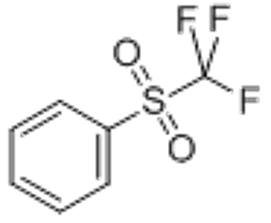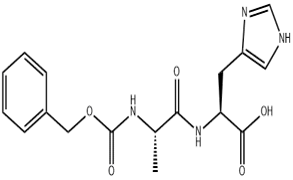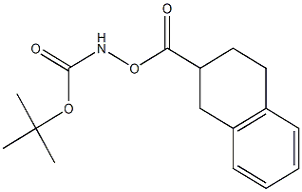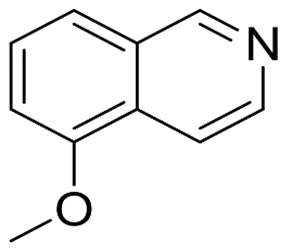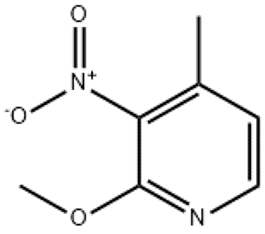“N-[(S)-(4- Nitrophenoxy)phenoxyphosphinyl]-L- alanine 2-ethylbutyl ester(CAS#1354823-36-1)”
N-[(S)-(4- Nitrophenoxy)phenoxyphosphinyl]-L- alanine 2-ethylbutyl ester(CAS#1354823-36-1)
Physicochemical properties
Appearance: Typically colorless to pale yellow liquid or solid, the exact appearance may depend on its purity and preparation conditions.
Solubility: It has good solubility in organic solvents such as methylene chloride, chloroform, tetrahydrofuran, etc., and poor solubility in water, which is related to the larger organic groups and relatively small polar groups in its molecules.
Stability: It is relatively stable at room temperature, dry and dark conditions, but decomposition or chemical reaction may occur under high temperature, high humidity, strong acid, strong alkali or strong redox conditions. For example, under alkaline conditions, hydrolysis of ester groups may occur; Under the action of a strong reducing agent, the nitro group may be reduced.
Synthesis method
It can generally be synthesized by reacting (S)-4-nitrophenoxyphenoxyphosphoryl chloride with L-alanine 2-ethylbutyl ester in the presence of a suitable base. The base can neutralize the hydrogen chloride produced in the reaction, promoting the reaction to proceed to the right, thus obtaining the target product.
It is also possible to synthesize (S)-4-nitrophenoxyphenoxyphenoxyphosphoryl intermediates first, then form amide bonds with the carboxyl group of L-alanine, and finally esterify 2-ethylbutyl to obtain the target compound.
Fields of application
Pharmaceutical: may have potential biological activity, such as as enzyme inhibitors or receptor antagonists. Its unique structure can interact with specific targets in organisms to regulate biological processes, and may be used to treat certain diseases, such as inflammation, tumors, etc., but the specific biological activity needs further experimental studies to determine.
In the field of organic synthesis, it can be used as an important intermediate for the synthesis of organophosphorus compounds with more complex structures and special functions. By further functionalization, other active groups can be introduced, thus expanding the scope of their applications in organic synthesis.
Safety Information
Irritation: May be irritating to the skin, eyes, and respiratory tract. Contact with the skin may cause symptoms such as redness, swelling, itching, etc., and contact with the eyes may cause eye pain, tearing, etc.
Toxicity: may be toxic, and specific toxicological data may require further research to clarify, but caution should be exercised during use and handling to avoid inhalation, ingestion, or dermal absorption.
Precautions for operation: Operate in a well-ventilated environment, and wear protective equipment such as protective glasses, gloves and masks. It should be properly disposed of after use to avoid pollution to the environment.


![“N-[(S)-(4- Nitrophenoxy)phenoxyphosphinyl]-L- alanine 2-ethylbutyl ester(CAS#1354823-36-1)” Featured Image](https://www.xinchem.com/uploads/N-S-4-Nitrophenoxyphenoxyphosphinyl-L-alanine-2-ethylbutyl-ester.jpg)
